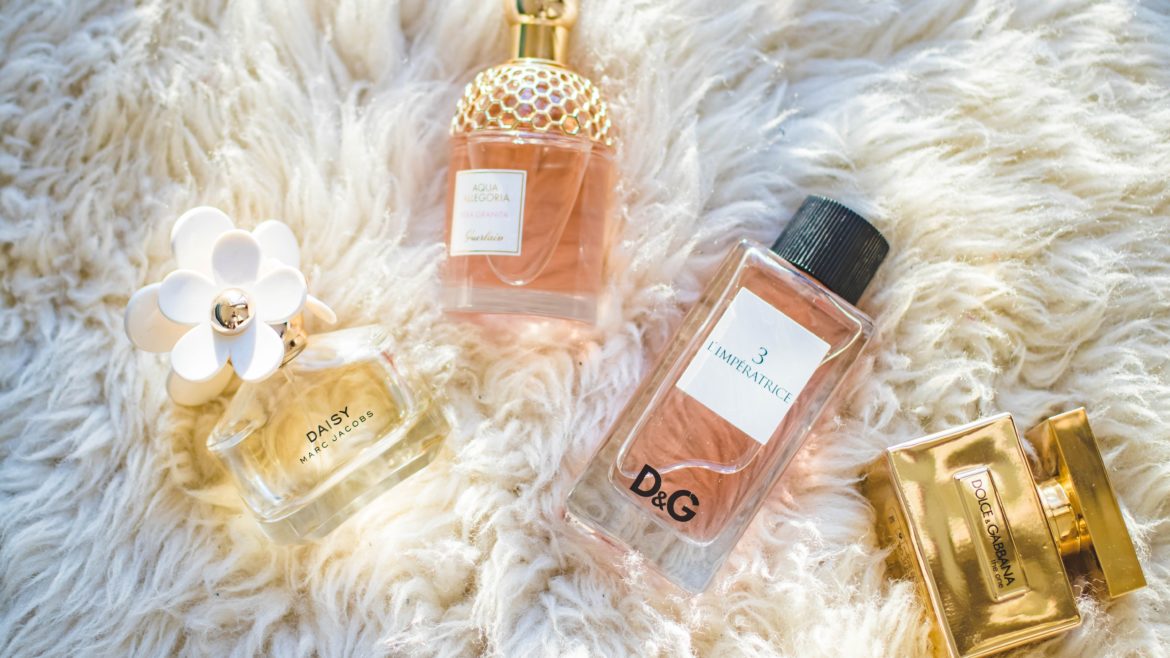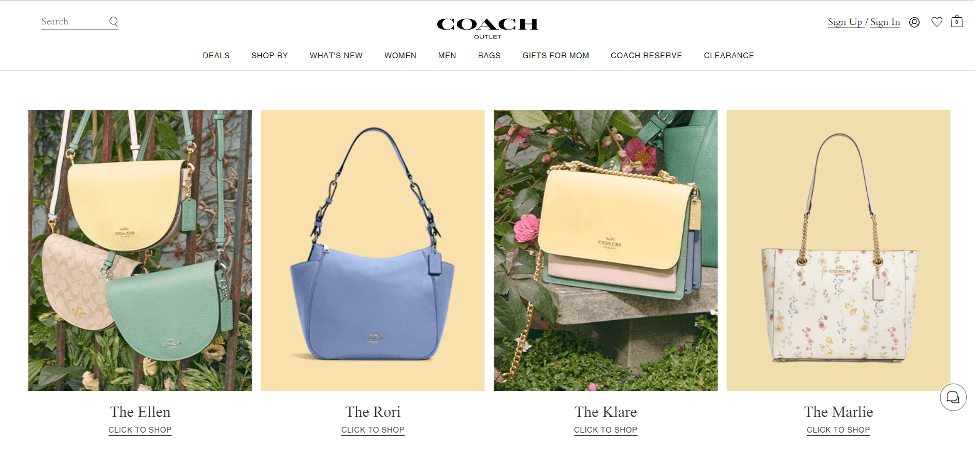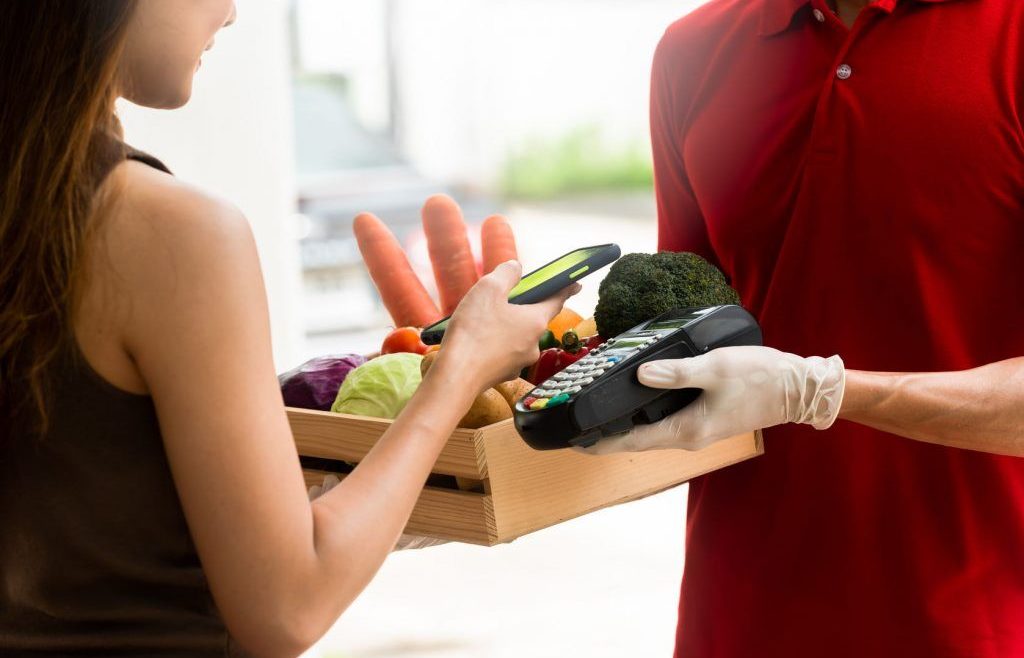We are compelled to note a serious earthquake, a society in permanent turmoil, now at a standstill. We are plunged into a supply crisis, due to most shops being closed and a demand crisis, due to confined citizens who have drastically reduced their purchases. April 9th, Les Echos reported: “Generally speaking, spending in stores has fallen by 60% since lockdown. Those on the Internet have also fallen by 20%”.
The shock of the pandemic and its disastrous consequences for trade are beginning to be processed, just slightly. We are experiencing a sort of “phase two”. Saving what can be saved, the business, jobs, customer relations, the famous connection between the trader and the customer. Survival strategies are blooming everywhere and business units are being reorganized. Integrating all the COVID-19 constraints with creativity and agility to build resilience.
The challenge is to welcome the new constraints caused by the pandemic to protect employees and customers. This is the choice of some major players in the fast food industry. Since April 2nd, around fifteen McDonald’s restaurants have been operating in “contactless” mode. Takeaway orders and deliveries only. Mcdonald’s France has relied on a scientific committee (virologists, doctors and employees) to design a new organisation for its restaurants. A laboratory to manage the new standards, devise new regulations, test them in the field and then consider deploying them throughout restaurants. The Pizza Hut and KFC groups also adopted this “100% contactless” strategy.
Norauto launched “SOS Norauto” at the beginning of April, an emergency response service for two essential products in around fifty of its garages. In the event of a battery breakdown or flat tire, a Norauto employee will come to your home to repair or deliver the product in compliance with health and safety regulations, in response to an online request for assistance.
At the wine retailer Nicolas, the stores will gradually reopen. During lockdown (Nicolas’s decision), a “health safety” plan has been drawn up and tested in the voluntary stores. From now on, the Nicolas stores plan to allow one customer at a time to enter the store (prohibition for customers to touch the bottles), and to authorize credit card payments only.
Likewise, the DIY stores (Leroy Merlin) and the household appliance distributors (Boulanger, Darty & Fnac) are taking drastic measures to get back into business. The idea is to adapt to the new restrictions in order to guarantee health safety for all. Click & Collect, delivery services and Drive are gradually being deployed to respond to customer emergencies. It is also for these brands the idea of projecting themselves into the “after tomorrow”.
Even when we are let out of lockdown, there is a high chance that the social distancing rules will continue. Little by little, the major retail chains are getting organized to re-establish a commercial tie (Nicolas, Interflora) with their customers.
While they are the life of our city centers, places of exchange, meetings, food trading, restaurants, bars, cinemas, independent shops are in a critical situation. Strikes and Gilets Jaunes protests have already made things extremely complicated for shopkeepers. Now, after a month on lockdown, cash flow has dried up, costs are weighing on the operating accounts and more positive prospects seem far away.
However, many initiatives have emerged to provide solutions. In result several dynamics have emerged, both in France and abroad. The players are cherishing the idea of cushioning the pandemic’s “shock”.
Offering vouchers (to alleviate cash flow) that will be applicable after lockdown is an attractive and versatile concept. An initiative proposed among others by Petitscommerces.fr whose mission is to promote local shops on the web. With their platform support-commercants-artisans.fr, success is on the horizon.
“We launched the platform only 15 days ago, and already more than 1,500 retailers registered, 2,500 orders have been placed, for a total amount exceeding 150,000 euros! And it’s exponential, the number of registered shops and orders placed by customers is exploding every day”.
The Post Office is additionally running a remarkable initiative: “My City My Shopping”. The magazine LSA reports that 1,200 shopkeepers in 160 communes have turned to this platform. During this troubled period, registration is free. The solution has 3000 users every day. La Poste offers a “ready-to-use ” solution, creation of an e-shop and delivery solutions via the postmen’s routes.
Operation #SAVEYOURRESTURANT, offers an identical solution: buy vouchers for meals, overnight stays or experiences to be used as soon as the lockdown is over. Two volunteer startups (HEMBLEM, LePotComumun) are at the origin of this initiative. The food service industry is in a truly catastrophic situation. At the beginning of April, the dining industry already suffered a loss of 3.5 billion euros in turnover, which inevitably has repercussions on suppliers, whose loss of revenue is estimated at 1.1 billion euros. (source: Food Service Vision). Mobilizing efforts, proposing solutions and raising customer awareness are all initiatives that will enable some of the players to keep their heads above financial waters.
AB InBev launches “beer bonds” to help pubs in Europe. The idea is to ask customers to pay today to consume when these establishments reopen to the public. Once again, this solution, which calls for citizen solidarity, goes through a digital platform, www.barsolidaire.fr, which allows to manage the momentum.
In one week, in France, 200 establishments registered on the platform and 330 consumers paid 11,000 euros. At the same time, the initiative has been launched in other countries, notably in the United Kingdom, Italy and Belgium. (source La Tribune)
The Pozeo Group, a major player in cinema and entertainment booking, has decided to act in the face of this unprecedented situation. #ILoveMyCinema proposes to act now for tomorrow. The partner companies of the operation, are committed to offering their customers or employees a ticket at the full price (9.85€). Pozeo then finances the second one within the 300,000 seat limit.
In the United States, the retailer Neighbourhood Goods has unveiled a new free platform “The Commons by Neighborhood Goods,” to support local merchants. A digital platform to enable local businesses to re-create links with their customers as quickly as possible. Neighbourhood Goods has also committed to, once stores reopen, invite local restaurant chefs into its kitchens to present their know-how and thus boost their next reopening. Moreover, the retailer committed to organizing future “Happy Hours” to engage the community of artists and thus support the cultural ecosystem.
In Canada, creative and technological agency CloudRaker created the Rue Principale platform at the end of March to support local retailers who remain open for take-away sales or deliveries. “By offering a platform that lists open businesses, we want to facilitate the process and encourage the community to order their favorite food or purchase gift cards for future purchases. These small businesses make an enormous contribution to our neighborhoods and we want to keep this intact for everyone’s benefit.”
A simple solution (2 days to put in place) that promotes small local business initiatives for keeping in touch with their customers. In Montreal, more than 500 merchants are already identifiable on Rue Principale.
These fine initiatives, both creative and ingenious, also highlight the shortcomings of local shops. A shop that is still not very digitized, with basic information systems and few efficient logistics solutions. The crisis provoked by Covid-19 has highlighted the weaknesses of small retailers (but also certain key players) in their customer relations management, faced with health constraints.
In the future, local retail players will have to offer cross-disciplinary solutions based on their physical store on the one hand, but also on a digital store, sometimes “out of the ground” in a few weeks. They are therefore in line with the golden rules of the omnichannel: offering customers the choice of two complementary worlds. Temporary adaptation or permanent evolution accelerated by the COVID shock wave?
The answer certainly lies in the ability of these small businesses to (re)create tomorrow a lasting, tangible link with their customers, beyond the “tools”.










